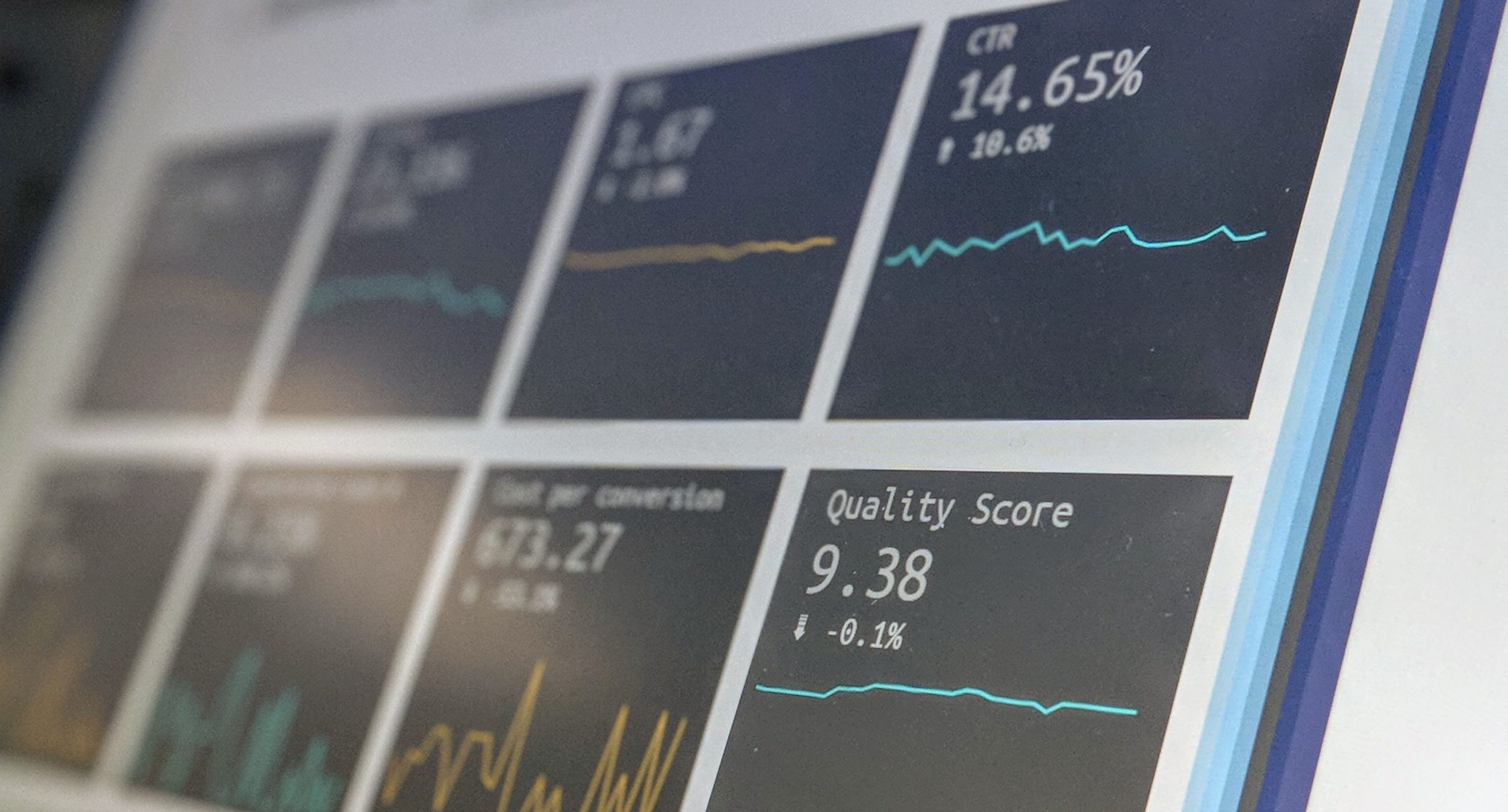
Looking to drive more revenue for your business? It’s time to create the ultimate sales playbook. In part I, we start with the ‘what’.
Every business involved with selling should have a sales playbook…
A handy resource that aligns your sales team/s. Content given to new employees. Your go-to when you’re stuck and need a point of reference.
It should be the manifesto of your business and the encyclopedia of your customer engagement.
Does it sound like a big deal? Well, it should be one.
In this first of two parts, we detail the ‘what’ – i.e. what your sales playbook should include.
Here is an overview of the questions you need to ask of your business and other factors that require consideration…

Let’s start planning. Credit: Diggity Marketing on Unsplash.
Sales Playbook – the ‘What’ of Your Business
Let’s start with your organisation directly. Here are the key elements of the ‘what’ of your sales playbook.
- Your business’ objectives: Make these clear and concise.
- Your values: An extension of the above. Your ‘why’ and your goals.
- Metrics: How are you going to evaluate and measure success? For example, KPIs, sales targets, sales growth, lead conversion, etc.
- Framework of sales timeline: A step-by-step from first engagement to close of sale.
- Objection handling: Include responses that have been tried and tested.
- Messaging: Templates for emails, follow-ups, phone calls, etc. This is linked to your brand and is a part of who you are.
- Buyer persona: Who is your ideal customer? What are their pain points? How does your sales approach best serve them?
- CRMs: How do people record their actions? What are the protocols for information sharing? More reading: The best CRMs for small business.
- Career progression: Is it clear how your salespeople advance in the business? What targets or milestones do they have to reach to be promoted?
- Commissions and pay scale: Transparent, clear rates make for happier workers.

Consider how you are going to evaluate and measure success. Credit: Stephen Dawson on Unsplash.
Sales Playbook – the ‘What’ of the Industry
Now, let’s take a look at the ‘what’, incorporating elements of your wider industry.
- Competition: Who are your competitors? How many are there? If you know their sales processes, include that information, too.
- Point of difference: What is your competitive edge in the industry?
- Industry challenges: Wider issues that affect your industry/business. Include current events, government policy, etc. that you can leverage.
- Market analysis: What is the average price point of your product/service? How do you compare with competitors?
- Future projections: Where is the market heading in general? Include two, five, and/or 10-year projections, if relevant.
- Industry best practice: What is the status quo? And where do you fit in?
Now it’s time to dive into part II – the ‘why’ and ‘how’ of the ultimate sales playbook.

What is your competitive edge? Credit: Linkedin Sales Solutions on Unsplash.
Need More Sales Help?
In these two articles, we’re just scratching the surface of what it takes to build a sales playbook.
For a comprehensive overview of what’s required to create the ultimate sales playbook, get your hands on our dedicated guide. It’s filled with all you need to produce this office essential.
Or if you’re looking for expert assistance with your sales strategies, reach out to the Hunt & Hawk team directly.
How would you like to interact with us?
- I’m just browsing: Explore more of our website.
- I’d like to send an email: Contact us at hello@huntandhawk.com.
- Help! Right now! Book a meeting to chat.





